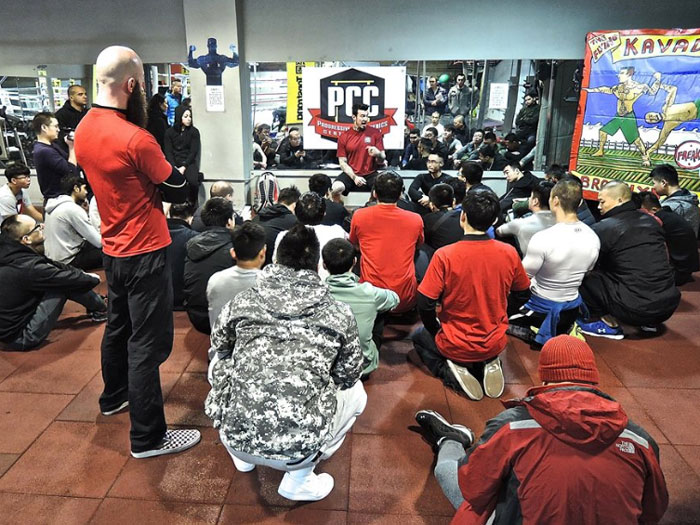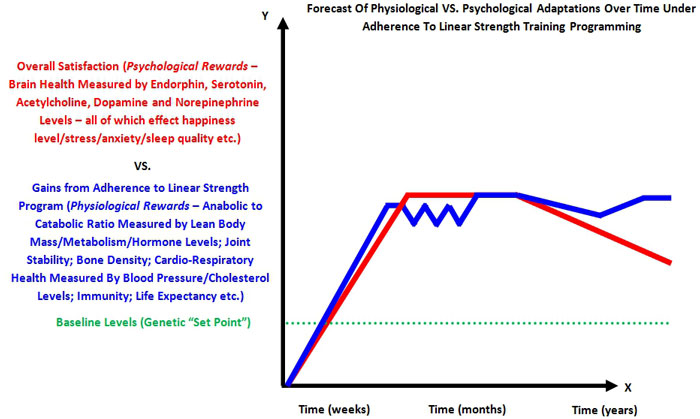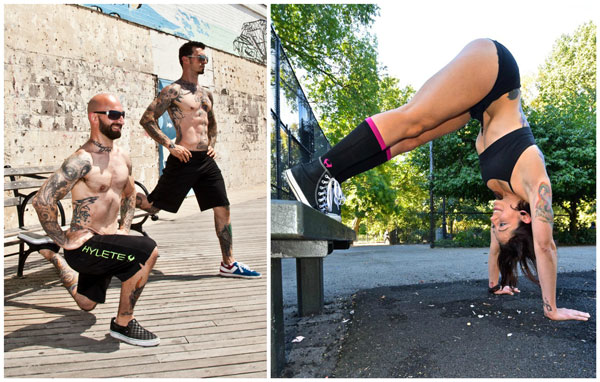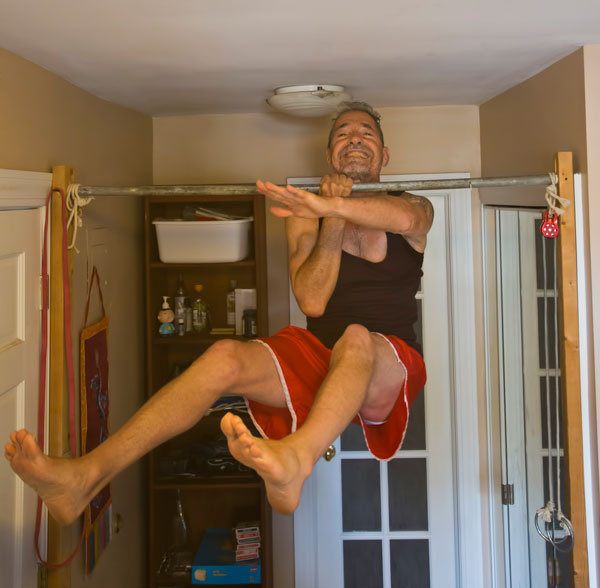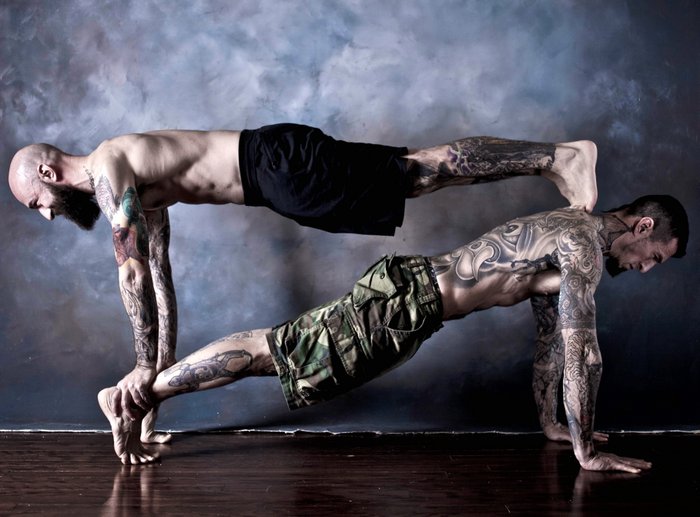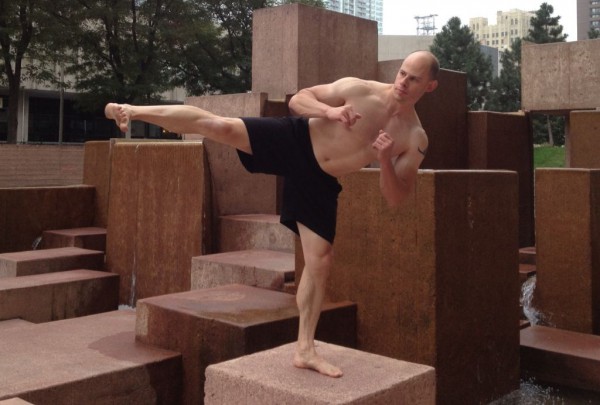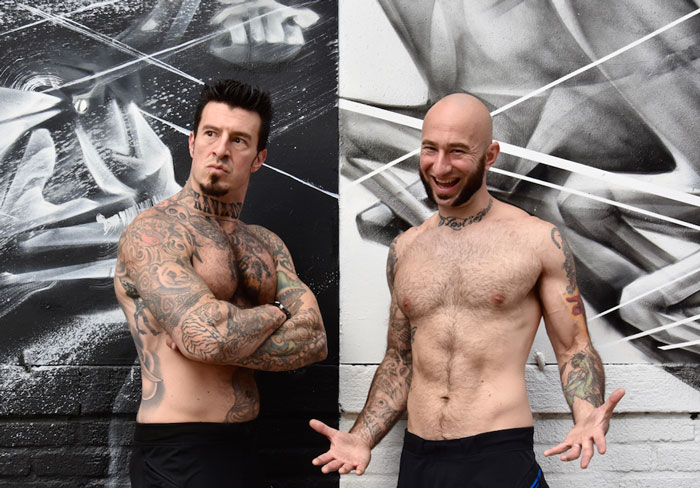
Since the release of our latest book, GET STRONG, my brother Danny and I have gotten a lot of feedback on our new program. It seems that you guys are loving the book!
Even though the program takes 16 weeks to complete – and it’s barely been two months since the release – many of you are writing to tell us that you’re already experiencing gains in muscle and strength. Awesome!
We’ve also been getting a lot questions about the GET STRONG program. Though we did our best to explain everything as clearly as possible in the book, there are a few concerns that have been raised more than once.
That’s why I’ve created this special “Ask Al” video.
In it I address:
–What to do if you’re having trouble kicking into a handstand
–How to alter the hanging leg raise if you’re too tall to fully extend your legs
–The correct way to sequence your exercises
–How to incorporate Aussie pull-ups into the program
Let us know if you have additional questions or feedback about the program in the comments below.
Let’s GET STRONG!
